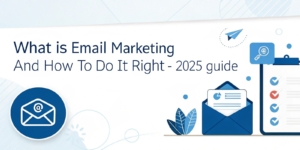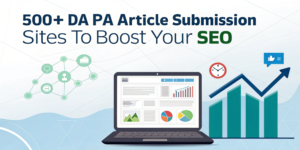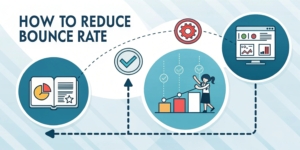Top 10 Free Tools to Improve Your PPC Campaigns
Introduction Pay-per-click (PPC) advertising is one of the most effective ways to drive traffic, generate leads, and boost sales. However, running a successful PPC campaign requires proper planning, strategy, and optimization. Many free tools can help you manage, analyze, and improve your PPC campaigns without spending extra money. This blog will discuss 10 powerful free […]
Read More









